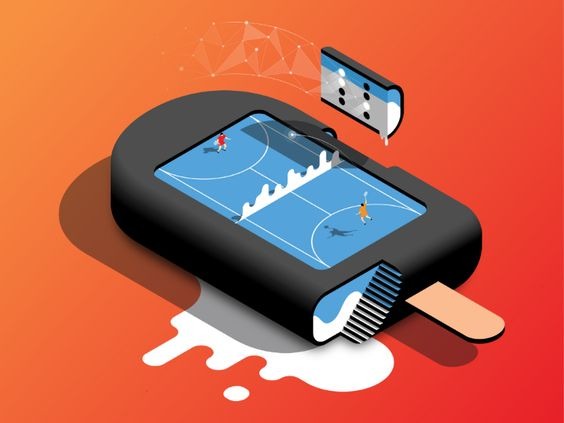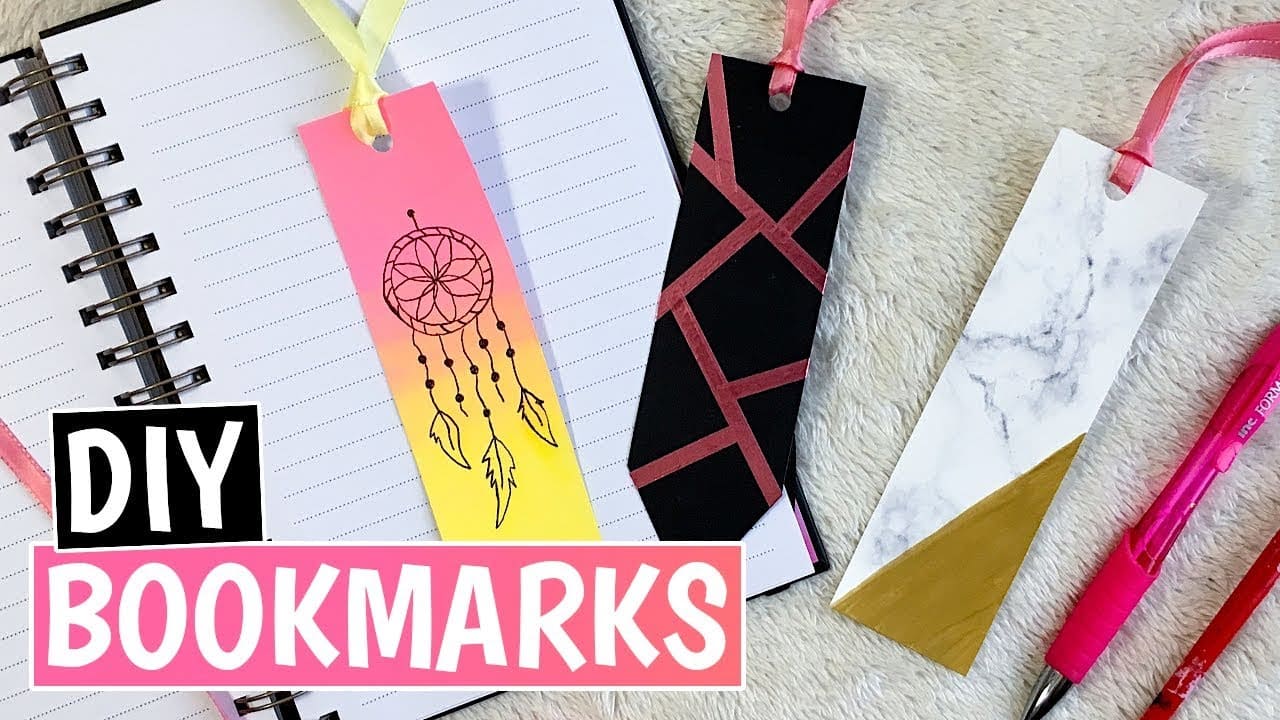Table Of Content

Designers tailor instructional methods, content delivery, and assessment strategies to meet the specific needs and abilities of learners within different contexts, promoting engagement and learning outcomes. Current problem-solving research has advanced our understanding of the problem-solving process but has provided little advice on how to teach problem-solving skills. In addition, literature reveals that individual difference is an essential issue in problem-solving skills instruction but has been rarely addressed in current research. When a follower does not possess the skill or ability but has a high level of confidence, the leader can take a more persuasive leadership approach - selling. The leader may use convincing language to explain how to perform the task.
Why Is Everything So Ugly? The Editors - n+1 magazine
Why Is Everything So Ugly? The Editors.
Posted: Tue, 06 Dec 2022 15:25:02 GMT [source]
Relationship activities
According to the context of the user, we sometimes need a specific piece of data. For a user in a different context, the exact same piece of data might not be necessary. Furthermore, some users might not be familiar with some terms or details related to the task and, thus, benefit from further information presented in extra steps.
Traditional Tooling for Conversation Design
The idea is to serialisable your value and store it in your model together with the name of the datatype. Then, to retrieve it, you deserialise it from string to the original datatype. In some cases, it could make more sense to serialise your value to bytes instead (for example, to encrypt your data at rest, save space or just because it’s your data’s original datatype). The simplest thing you can do is to repeat the attribute multiple times for the same property with different datatypes. For each property, one attribute is non-null and the others are null.
Refine your approach with these 7 leadership theories
For multimodal scenarios, using our toolchain to prototype as soon as possible is a great advantage. In environmental design, situational design focuses on creating built environments that enhance the quality of life and support diverse human activities. Designers consider factors such as spatial layout, accessibility, and aesthetics to design spaces that are functional, aesthetically pleasing, and responsive to the needs of users within specific contexts. In product design, situational design focuses on developing products that seamlessly integrate into users’ daily lives and environments. Designers consider factors such as ergonomics, usability, and aesthetics to create products that are well-suited to the contexts in which they will be used, enhancing user satisfaction and adoption.
How to Incorporate Situational Design Model into Your Design Project
Authors’ reflections on their experiences in using the method are also included. Sometimes Mr. Cash takes on high school students as interns, and they are just not as eager and need more than persuading. This is a bit trickier for Cash because he has to direct their every move. So, he tells them exactly what to do and monitors their progress at every step.

The leader makes decisions and directs the team or team members by providing high directive behavior and low supportive behavior for the task at hand. This can include providing instructions to novice team members or taking charge in an emergency. The entirely new second edition of this book offers several chapters on the method and new introductory material from the editors about developments in using SA in qualitative inquiry. Part I introduces readers to the method of SA, discussing recent developments in the field.
EnduroSat to build Vyoma's space situational awareness constellation – SatNews - SatNews
EnduroSat to build Vyoma's space situational awareness constellation – SatNews.
Posted: Sun, 13 Aug 2023 07:00:00 GMT [source]
They think about the users, they empathize, and consider different perspectives. The produced artefacts are versatile to document the evolution of the project and to recall different conversation flows. In educational design, situational design focuses on creating learning environments and materials that support diverse learning styles and objectives.
Why is Situational Leadership® effective?
The Democratic Republic of Congo (DRC), a country that sits in the center of Africa bordering countries like the Central African Republic, Uganda, and Angola, has a tumultuous history. Under the reign of the ruthless Belgian King Leopold II, who ruled from 1865 to 1909, an estimated million people in the DRC (which was then called the Congo Free State) were killed. Despite the brutality of Leopold’s rule, many are unaware of who he is and how much he harmed the people and the country as a whole. In present day, the DRC, which gained its independence in 1960, is still heavily impacted by colonization, the extraction of resources, and outside interventions.
Next Steps
Selling, or persuading, is useful when a team or team member is unable but they are willing to perform the task. The leader provides two-way communication and reinforces small successes to boost the team or team member’s participation. Leaders using this style may help team members develop or improve their skills. Finally, a follower who has little skills and ability and lacks confidence would benefit from a telling style. The leader must provide clear direction and supervision at all times. Telling is necessary when the follower does not possess either the ability or the confidence to perform a particular task.
By considering factors such as user mobility, language preferences, accessibility requirements, and the material, designers can create transportation hubs that are intuitive, user-friendly, and inclusive. In conclusion, situational design is an important tool in the world of politics and propaganda. However, we must be careful to use this tool ethically and transparently, and to remain vigilant in our consumption of political messages. By doing so, we can help to ensure that situational design is used in ways that benefit society as a whole, rather than just a select few.
Also, values cannot be restricted to a limited set of possible values. If you require either, then you could consider extracting out the values to a entity, similarly to how the names were extracted to a entity. By the way, this is just an application of the Type pattern described in part 1, in case you’d like a more extensive explanation. This leads to the conversation starting to grow and filling the canvas. Nonetheless, as the situation is represented by the (scribbled) icons, the conversation with all its variations still feels easy to overview and recall important information.
Situational Analysis (SA) uses analytic maps of the situation, processes and relations identified using approaches pioneered in Grounded Theory. Creator of the method, award-winning sociologist Adele E. Clarke, with Rachel Washburn and Carrie Friese, show how the method can be, and has been, used in a variety of critical qualitative studies. Caplan, who passed away peacefully in New York City on June 4 at age 95, always saw a bigger horizon for designed products and a greater purpose for its creators. Imagine for a moment that you are managing a database containing the list of US presidents and their presidency term (i.e. world time). One day you realize that you made a mistake in one of the terms and it needs correction. So you make the change and also store the time at which you made the change.
Also, they have the benefit of modelling all change events the same, which makes the processing and display of events much more straightforward. Because we are at L2, this solution adds time information to all the associations between subject and object. This can be achieved by a time attribute on the associative entity, for the case of a time point (time interval is similar). However, it does mean having a bunch of extra attributes on your entities just to keep track of the times. Also, unless the attribute names make it obvious, it’s not clear which property each time corresponds to.
If we think about conversations, most of the time, each topic consists of multiple aspects to discuss. Longer conversations might even be comprised of multiple topics. Furthermore, it is often possible to discuss the aspects and topics in different orders — without changing the overall nature of the conversation. Nonetheless, whichever path the conversation takes, it should be contained, i.e. there is an opening and a closing conversational turn. To be more precise, there is at least one opening and one closing element for the conversation.
Each subject may now have any number of properties and properties can be easily added and removed as well. Furthermore, the property name has become its own attribute, which makes it changeable without a schema migration. In this part of the series, we are continuing with the more situational design patterns. Their purpose only becomes clear in the niche challenges you may encounter. Also in some cases, they extend on one or more fundamental patterns from part 1, so be sure to check that out if you haven’t. Additionally, the conversational turn entity also clearly depicts that the user controls the flow of the dialogue.
Her college basketball team won eight national titles and over 84% of games over her 38-year career as head coach. She was also named head coach of the USA Basketball Women’s National Team that brought home the gold medal from the 1984 Olympics. During the war, he became known for his ability to balance “the interests and egos of a galaxy of generals and political leaders.” He was also known to walk among the troops, shaking hands and boosting spirits. Leaders may have a “comfort zone” or a natural tendency toward a particular management style. This can make it challenging to develop the full scope needed to be an effective Situational Leader.

No comments:
Post a Comment